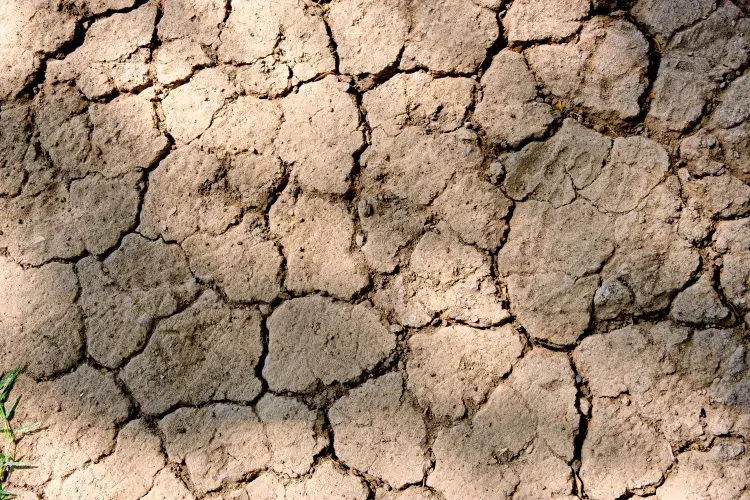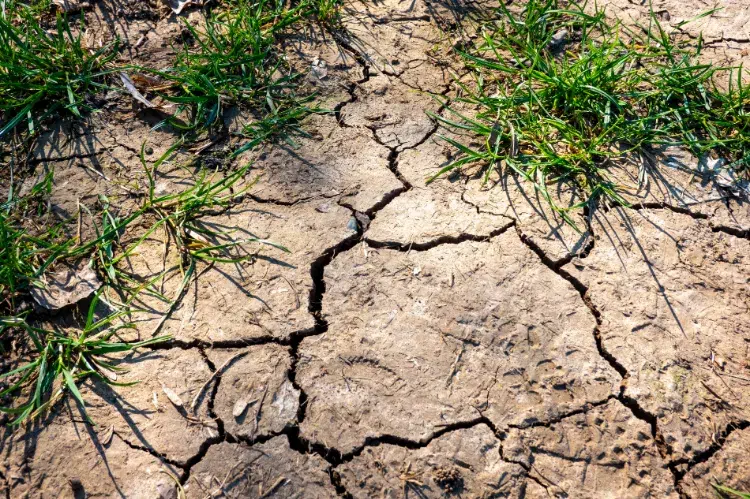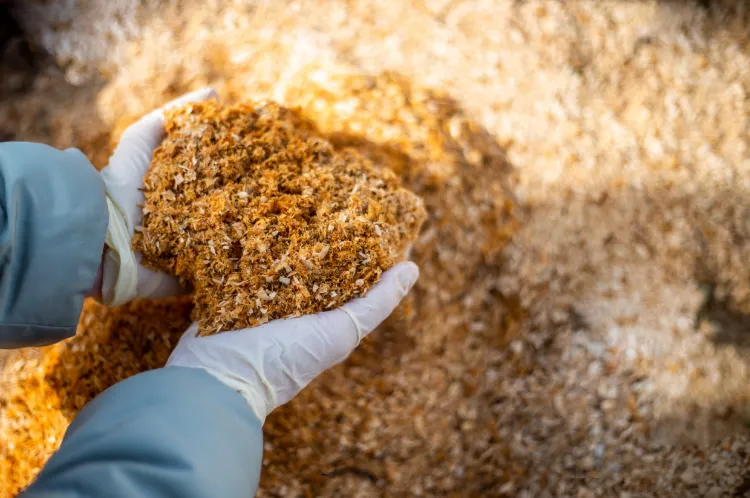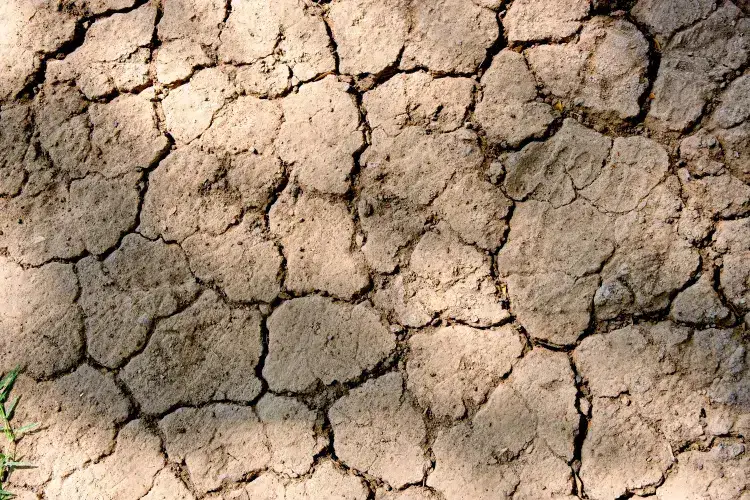Cracked soil can be a frustrating issue for gardeners, affecting plant growth and overall garden health. Here’s a breakdown of why your soil might be cracking and practical solutions to improve it.

1. What Are the Signs of Bad Soil?
Before addressing the cracking issue, it’s useful to understand the signs of problematic soil:
- Poor Plant Growth: Vegetables and plants may struggle with superficial root systems and fail to thrive.
- Dryness and Hardness: Soil that becomes too dry and hard can make it difficult for roots to penetrate.
- Sticky and Difficult to Work: Overly saturated soil in the spring can become sticky and challenging to manage.
- Color Changes: Gray or red patches may indicate poor aeration.
- Lack of Earthworms: A healthy soil ecosystem typically includes earthworms. Their absence can signal poor soil health.
2. Why Is the Soil in My Garden Cracking?

Cracking often occurs due to high clay content in the soil. Here’s why:
- Clay Soil Characteristics: Clay soils are made up of fine particles that can form a dense, compact structure when wet. These particles create stable bonds that prevent moisture from penetrating deeply.
- Moisture and Evaporation: When clay soil is moist, it can become quite dense. As it dries, the bonds between particles break, leading to cracks on the surface.
- Watering Issues: Cracks can form after watering because the soil, unable to absorb moisture properly, dries unevenly and splits.
3. What Solutions Can Remedy Cracked Soil?

Fortunately, there are several effective ways to address and improve cracked soil:
Add Organic Matter
- Mown Hay, Dead Leaves, and Straw:
- Application: Spread these materials over the soil surface. They help improve soil structure and moisture retention.
- How to Use: Apply a layer of 5-10 cm of organic material in late spring or autumn.
- Manure and Hay Mixture:
- Preparation: Mix equal parts of well-rotted manure and dry hay or straw.
- Application: Add about 7 liters of this mixture per square meter to the soil. Work it into the top 30 cm during autumn to improve soil texture and fertility.
Improve Soil Structure
- Crushed Stones and Brick Chips:
- Preparation: Combine 30% brick chips with 70% compost.
- Application: Add approximately 7 kg of this mixture per square meter of clay soil. Repeat 2-3 times for best results.
- Compost Addition:
- Application: Regularly add compost to improve soil aeration and structure. Compost helps break up clay and increases organic matter.
Regular Soil Maintenance
- Mulching:
- Application: Apply organic mulch (e.g., bark, wood chips) to the soil surface to retain moisture and regulate temperature.
- Cover Crops:
- Use: Plant cover crops (like clover or legumes) to prevent soil erosion and improve soil structure. These crops also add organic matter when tilled under.
- Proper Watering Techniques:
- Method: Water deeply and less frequently to encourage deep root growth and reduce surface cracking. Avoid shallow, frequent watering.

By addressing the issues of soil cracking with these methods, you can improve soil health, enhance plant growth, and maintain a productive garden. Regular care and amendments will help create a more stable and fertile soil environment for your plants.
Show Comments



